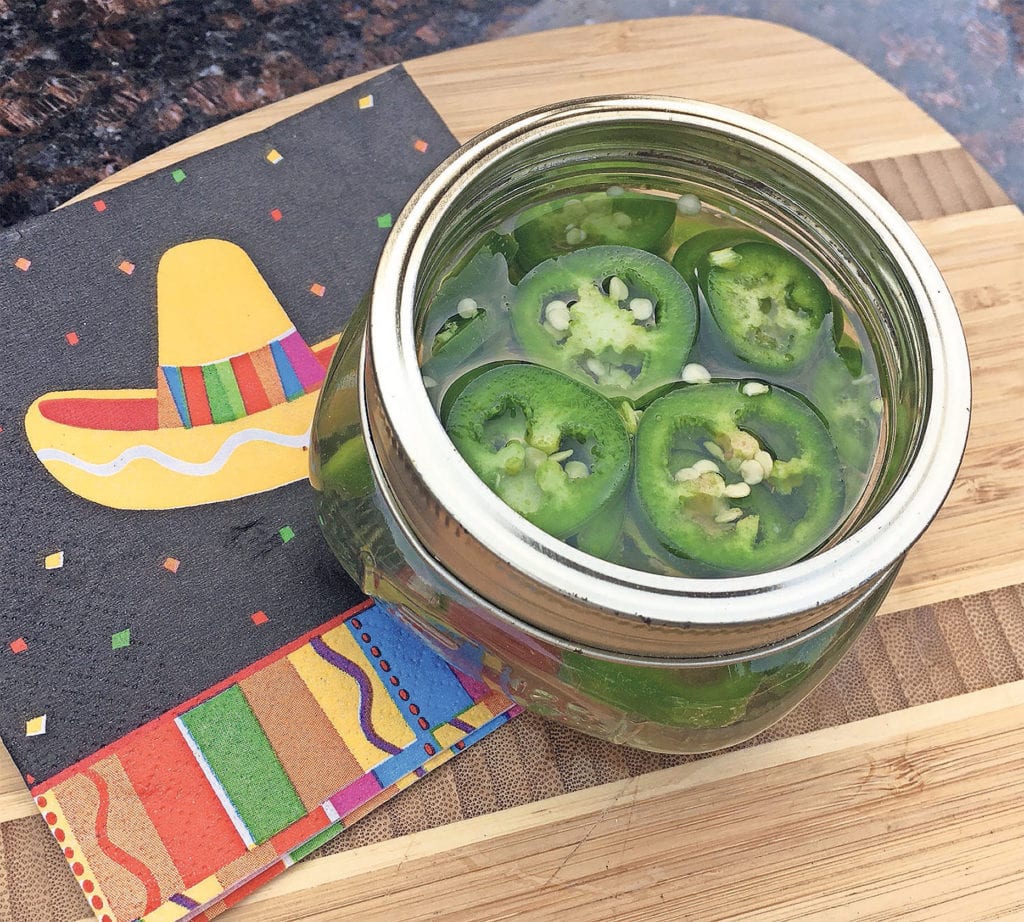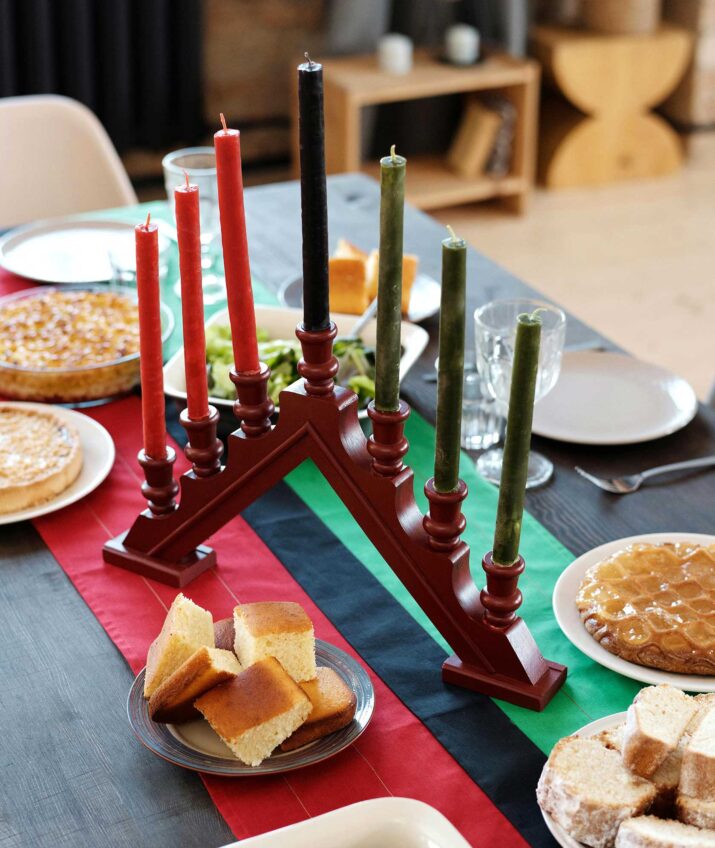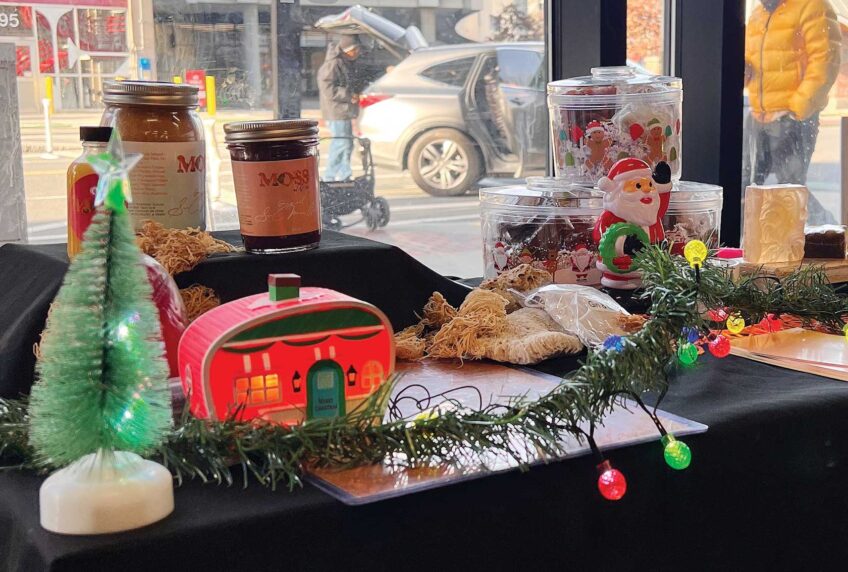Keep it spicy
Preserve jalapeños now for chipotles, sriracha and more heat all winter

If I were stranded on a desert island with one type of chile pepper, it would definitely be the jalapeño. No single pepper wears as many sombreros as the pride of Jalapa, Veracruz, Mexico.
The jalapeño shines in two distinct areas: cooked fresh and preserved. This time of year, when fresh, local jalapeños can affordably be acquired by the boxload, I focus on preservation — which is another way of saying “jalapeño condiment making.”
Sriracha sauce, for example, is made from red, ripe jalapeños. Mexican escabeche, meanwhile, is a style of pickles made with carrots, herbs and green jalapeños.
Green jalapeños can also be roasted like a New Mexico green chile, and with comparable flavor. I’ve enjoyed roasted jalapeños dressed in butter and Maggi (a type of Mexican soy sauce) alongside the escabeche at the salsa bars that grace Mexican restaurants.
Back in the day, farmers would pick enough green jalapeños to enjoy fresh and bring to market, and at the end of the season the chile plants would be full of unpicked red jalapenos. Following an ancient practice, the farmers would leave these ripe peppers on the plant as long as possible, allowing them to shrivel and dehydrate, before smoking them to complete the dehydration process. These Aztec-style smoked red jalapeños are today known as chipotle peppers, and their sweet, smoky, earthy flavor is important in many dishes.
Meanwhile, jalapeños of both hues have taken off among Asian Americans. Sriracha sauce is as ubiquitous at American Vietnamese and Thai restaurants as ketchup is at a burger joint, and sliced green jalapeños garnish virtually every bowl of pho that is sold in America, while pickled jalapeños are a common fixture in American banh mi Vietnamese sandwiches.
In my general approach to dealing with the seasonal glut of my favorite pepper, I try to emulate the jalapeño farmers of Jalapa. When they are green, I enjoy the fresh jalapeños in my meals, and make pickles. When they turn red, I make chipotle.
My current preferred form of preserved green jalapeño is based on Vietnamese-style pickled jalapeño slices, a la banh mi. These pickled slices are an easy way to store jalapeños for later, and they are even easier to scoop onto everything, where they rightly belong.
Smoking chipotles
When it’s time to smoke red jalapeños into chipotles, my technique is less refined. I trim and clean the red jalapeños the same way as the greens, then roast them on the grill. When the skins have blistered, I move the peppers away from direct heat, add some wood chips to the grill and close the top so the peppers smoke, adjusting the airflow as necessary.
When the wood chips have all burnt off, I finish drying the jalapeños in the sun or a dehydrator. One could smoke them for days, Aztec-style, but a touch of smoke is fine with me. When crispy-dry, store them in airtight bags in the freezer.
Remember, this is a process that has been in use for thousands of years, and there are a lot of ways to smoke a red jalapeño. As long as you don’t touch your eyes before washing your hands, messing around with jalapeños is a tolerant process.
Pickled Jalapeño Slices
- Jalapeños
- Vinegar (white or cider)
- Salt
- Sugar
(In order to properly trim the jalapeños, you must know how hot they are relative to your heat tolerance. If they’re not too hot you can leave the seeds and inner membranes in place. I brought a load of jalapeños home from the farmers market recently, and they were so hot I had to clean them carefully, then wash my hands with equal dedication.)
Begin by slicing off the stem end of the jalapeño. If the peppers are too hot, use the tip of a narrow knife to carve out the seed-bearing membranes. Slice the peppers crosswise as thinly as possible, and pack them into a sterile jar.
When all of your peppers are packed, add vinegar to each jar until it’s full, then pour the vinegar out of the jar(s) and into a sauce pan. Bring vinegar to a simmer on medium.
As it’s heating, add two teaspoons sugar and a teaspoon of salt to each pint jar (adjusting sugar and salt quantities accordingly for larger or smaller jars). When the vinegar reaches a simmer, pour it into the jars and screw on clean lids and rings. Place jars in fridge, where they can last for longer than you can refrain from eating them.






